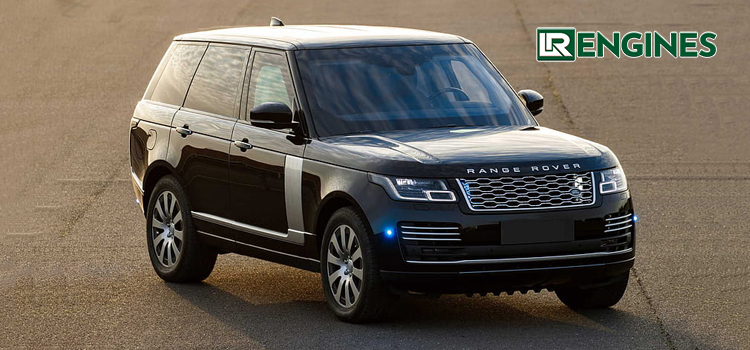Unveiling the Agility: Range Rover 2.0 Engine’s Dynamic Driving Dynamics

Introduction
Range Rover, an epitome of luxury and performance, has redefined the standards of SUVs. With the integration of a 2.0 engine, Range Rover has ventured into a realm of dynamic driving dynamics, promising heightened agility and handling prowess. We delve into the intricate details of how the dynamic driving dynamics of the Range Rover 2.0 engine contribute to its exceptional handling and agility, unraveling the engineering marvels beneath its hood.
Engine Power and Torque Distribution
The heart of the Range Rover 2.0 engine lies in its power and torque distribution mechanism. Through meticulous engineering, power delivery is optimized to ensure maximum efficiency while maintaining formidable performance. The distribution of torque across all four wheels enhances traction and stability, laying the groundwork for superior handling even in the most challenging terrains.
Adaptive Suspension System
Central to the Range Rover’s agility is its adaptive suspension system, designed to seamlessly adapt to varying driving conditions. By dynamically adjusting damping rates and ride height, the suspension system enhances stability and minimizes body roll, thereby augmenting the vehicle’s responsiveness to driver inputs. This adaptive prowess elevates the driving experience, instilling confidence in the driver while navigating through twists and turns.
Precision Steering Control
The Range Rover Engine boasts precision steering control, a pivotal element in its dynamic driving dynamics. Through advanced steering technologies, such as electric power-assisted steering (EPAS) and variable-ratio steering, the vehicle offers unparalleled responsiveness and agility. The driver enjoys effortless maneuverability, with each turn executed with pinpoint accuracy, further amplifying the Range Rover’s reputation for exceptional handling.
Intelligent Driveline Dynamics
Intelligent Driveline Dynamics (IDD) epitomizes the fusion of technology and performance in the Range Rover 2.0 engine. By continuously monitoring driving conditions and wheel slippage, IDD intelligently distributes torque between the front and rear axles, as well as between the left and right wheels. This proactive approach to torque management optimizes traction and stability, empowering the vehicle to tackle challenging terrain with unparalleled confidence and agility.
Dynamic Stability Control
At the core of the Range Rover’s agile demeanor lies its dynamic stability control system. Through a network of sensors and actuators, this system monitors vehicle dynamics in real-time, intervening when necessary to mitigate understeer, oversteer, or loss of traction. By modulating braking force and engine power, dynamic stability control enhances cornering performance and overall agility, ensuring a safe and exhilarating driving experience.
Aerodynamic Efficiency
Aerodynamic efficiency plays a pivotal role in shaping the Range Rover’s dynamic driving dynamics. Through extensive wind tunnel testing and aerodynamic optimization, the vehicle’s design minimizes drag and maximizes downforce, enhancing stability at high speeds. This aerodynamic prowess not only improves fuel efficiency but also contributes to the vehicle’s agility and responsiveness, especially during spirited driving maneuvers.
Lightweight Construction
The Range Rover 2.0 engine is characterized by its lightweight construction, a factor that significantly influences its handling and agility. By employing lightweight materials such as aluminum and carbon fiber, the vehicle achieves an optimal power-to-weight ratio, enhancing acceleration and maneuverability. This focus on weight reduction without compromising structural integrity underscores Range Rover’s commitment to delivering a dynamic driving experience.
Driver-Centric Technology
Driving dynamics in the Range Rover 2.0 engine are further elevated by its array of driver-centric technologies. From adaptive cruise control to terrain response systems, these innovations empower the driver to tailor the vehicle’s performance to suit their preferences and driving conditions. Whether traversing rugged terrain or cruising on the open highway, the integration of advanced driver assistance systems enhances both agility and confidence behind the wheel.
Conclusion
In the realm of luxury SUVs, the Range Rover 2.0 engine stands out for its dynamic driving dynamics, offering a harmonious blend of power, agility, and refinement. Through meticulous engineering and innovative technologies, Range Rover has crafted a vehicle that defies expectations, delivering exhilarating performance without compromising on comfort or sophistication. From precision steering control to intelligent driveline dynamics, every aspect of the Range Rover’s design is geared towards enhancing handling and agility, ensuring an unparalleled driving experience for enthusiasts around the world.


